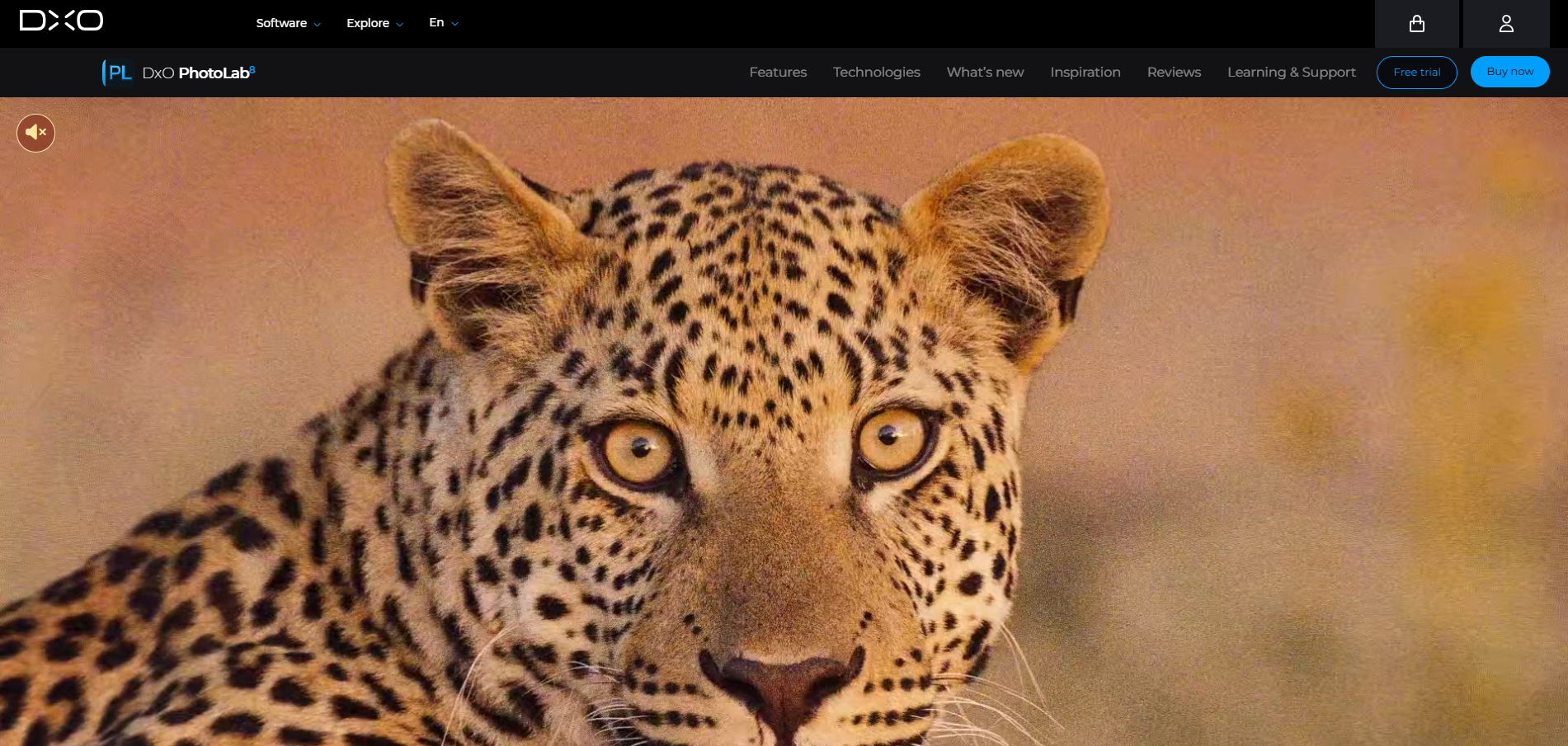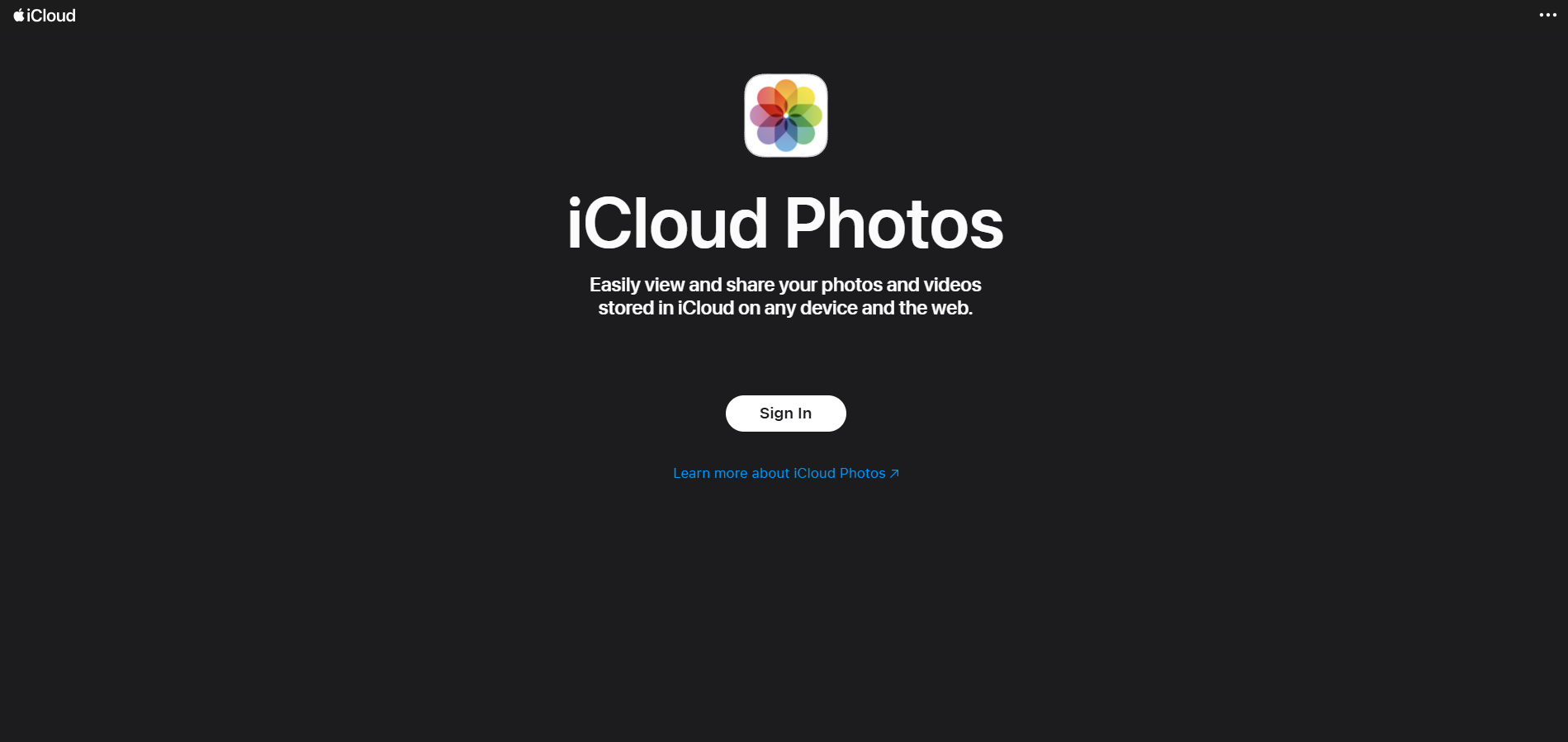In the ever-evolving world of digital image editing, finding the best photo editing software can transform your creative projects, whether you’re a professional photographer, a social media influencer, or a hobbyist.
With 2025 bringing new advancements in photo editing tools and AI-powered features, the options are more diverse and powerful than ever. According to recent industry reports, over 70% of photographers now rely on photo editing software to enhance their images, highlighting the essential role these tools play in modern photography.
This blog aims to guide you through the top photo editing apps and software available this year, offering insights into their key features, pricing, and usability. From industry standards like Adobe Photoshop to innovative alternatives like Affinity Photo, we’ll help you discover the perfect editing tools to enhance your photos and streamline your workflow.
Dive in to explore the best photo editors that 2025 has to offer and elevate your photo editing game to new heights.
Top Photo Editing Software of 2025
Navigating the myriad of photo editing apps can be daunting, but we’ve compiled a list of the best photo editors of 2025, each excelling in a specific area to meet diverse needs.
Best for Overall Performance: Adobe Photoshop Lightroom
Best Adobe Alternative: Affinity Photo
Best for Professional Photographers: Capture One Pro
Best for Lens Correction: DxO PhotoLab
Best for Social Media Integration: CyberLink PhotoDirector 365
Best for Windows Users: ACDSee Photo Studio Ultimate
Best for AI-Driven Editing: Luminar AI
Best for Extensive Image Manipulation: Adobe Photoshop
Best for Mac Users: Apple Photos
Best Free Option: Google Photos
1. Adobe Photoshop Lightroom – Best for Overall Performance

Price: $11.99
Pros:
Non-destructive editing
Comprehensive organizational tools
Extensive editing capabilities
Cons:
Subscription model
Can be resource-intensive
Adobe Photoshop Lightroom excels in overall performance for 2025, appealing to both amateur and professional photographers. One of its key features is non-destructive editing, enabling changes without altering the original file, thus preserving image integrity while experimenting.
The Develop module offers extensive editing, such as perspective correction and color enhancement. The software also supports batch editing through presets, allowing quick changes across multiple images. Its ability to handle various file formats, including RAW, makes it appealing to photographers with diverse needs.
Rating:
Price: 3/5
Design: 4/5
Features: 5/5
Usability: 4/5
2. Affinity Photo – Best Adobe Alternative

Price: $69.99 (one-time purchase)
Pros:
Affordable one-time purchase
Cross-platform support
Advanced retouching tools
Cons:
Steeper learning curve
Less plugin support compared to Photoshop
Affinity Photo is a professional-grade editor with features akin to Adobe products but at a more affordable price. The one-time purchase model is a notable advantage over Adobe Photoshop’s subscription. It supports Windows, Mac, and iPad, making it accessible to a broad audience.
A standout feature is robust raw files support, with an intuitive window for initial adjustments. Advanced retouching tools like frequency separation, dodge, burn, and clone make it practical for handling large files. The interface, similar to Adobe Photoshop, eases the transition for users switching from Adobe, especially in terms of raw image processing.
3. Capture One Pro – Best for Professional Photographers

Price: $449
Pros:
Advanced RAW processing
Customizable workflow
Precise color adjustments
Cons:
Expensive
Steeper learning curve
Professional photographers favor Capture One Pro for its advanced RAW processing and customizable workflow. It includes cataloging tools, manual image enhancement, and local adjustments with layers and masks. Custom color profiles and precise color adjustments are also offered for advanced color grading.
Compatible with over 450 camera models, the software is expensive but offers robust features that justify the cost for professional-grade editing. Local adjustments with layers and masks enhance precision and control, making it ideal for studio photographers and professionals managing extensive photo libraries.
4. DxO PhotoLab – Best for Lens Correction

Price: $229
Pros:
Exceptional lens correction capabilities
Minimal cropping after distortion correction
High-quality image output
Cons:
Less intuitive interface
Steeper learning curve
DxO PhotoLab is acclaimed for its exceptional lens correction capabilities, ideal for photographers needing precise optical corrections. It uses specialized DxO Optics Modules to correct geometric distortions, ensuring high-quality images. The software also minimizes cropping after distortion correction, preserving the original field of view and allowing greater creative flexibility.
Although the interface is less intuitive than other editors, the powerful lens correction tools and high-quality output justify the learning curve. DxO PhotoLab is indispensable for photographers seeking the highest detail and accuracy in their images.
5. CyberLink PhotoDirector 365 – Best for Social Media Integration

Price: $54.99/year
Pros:
Seamless social media integration
Full compositing section
User-friendly interface
Cons:
Subscription model
Limited advanced features
CyberLink PhotoDirector 365 is ideal for users prioritizing social media integration. It includes a full compositing section for advanced editing, making it easy to create eye-catching social media content. A standout feature is the seamless workflow for exporting edited images directly to social media platforms, saving time and effort for frequent sharers.
Though it has a user-friendly interface, the subscription model might deter some users. It may also lack some advanced features found in other professional tools. However, for those focused on creating and sharing high-quality social media content, CyberLink PhotoDirector 365 is both powerful and convenient.
6. ACDSee Photo Studio Ultimate – Best for Windows Users

Price: $89.99/year or $229.99 one-time purchase
Pros:
Optimized for Windows
AI-powered actions
Photo-stitching capabilities
Cons:
Steeper learning curve
Limited cross-platform support
ACDSee Photo Studio Ultimate is optimized for Windows, featuring a new interface that enhances user experience. It offers photo-stitching, non-destructive RAW editing, and AI-powered actions, making it versatile for Windows users. The option of a one-off price or subscription model offers budget flexibility.
Optimized for Windows, ACDSee Photo Studio Ultimate ensures smooth performance and integration with the OS. Though it has a steeper learning curve and limited cross-platform support, its powerful features make it an excellent choice for Windows users seeking a comprehensive editing solution.
7. Luminar AI – Best for AI-Driven Editing

Price: $79
Pros:
Advanced AI tools
User-friendly interface
Quick and creative enhancements
Cons:
Limited advanced features
Occasional performance issues
Luminar AI leverages artificial intelligence to simplify complex editing tasks, making it suitable for both beginners and advanced users. Its user-friendly interface facilitates quick editing and enhances the user experience. Notably, its advanced AI tools, like AI Object Masking, simplify complex selection processes.
Although Luminar AI excels at quick and creative enhancements, it may lack some advanced features found in other professional software. Users might also encounter occasional performance issues. Despite these limitations, its ability to streamline the editing process and produce high-quality results makes it a valuable AI-driven editing tool.
8. Adobe Photoshop – Best for Extensive Image Manipulation

Price: $20.99/month
Pros:
Comprehensive editing capabilities
Layer-based system
Advanced AI features
Cons:
Subscription model
Steeper learning curve
Adobe Photoshop remains a top choice for photographers, artists, illustrators, and designers due to its comprehensive editing capabilities as a photo editor and advanced AI features. The layer-based system effectively handles complex creative projects, allowing intricate compositions and edits.
New AI features, including automated neural filters, simplify the editing process, making professional results easier to achieve. A standout tool is the Sky Replacement, which detects horizon lines and masks out cloudy skies to enhance images.
Adobe Photoshop provides powerful tools for retouching, compositing, and enhancing images, making it indispensable for extensive digital image editing and professional photo editing tools. Though the subscription model and steep learning curve might deter some users, its unmatched capabilities make it the best for extensive image manipulation.
9. Apple Photos – Best for Mac Users

Price: Free
Pros:
User-friendly interface
Essential editing tools
Integration with macOS
Cons:
Limited advanced features
Only available on Apple devices
Apple Photos is a user-friendly photos app best suited for Mac users. Free and included with iPhone and macOS devices, it provides essential tools like exposure, saturation, contrast, warmth, sharpness, noise reduction, and vignette. Seamless integration with macOS enhances the overall experience, making it easy to manage and edit photos within the Apple ecosystem.
Although Apple Photos offers essential editing tools, it may lack some advanced features found in professional software. Being limited to Apple devices can also be a drawback for users on multiple platforms. Despite these limitations, it is an excellent choice for Mac users seeking a straightforward and effective editing solution.
10. Google Photos – Best Free Option

Price: Free
Pros:
Free editing features
AI enhancements
Cloud storage
Cons: Certain features necessitate a Google One subscription. You will need to subscribe for full access.
Limited advanced editing tools
Google Photos is a highly recommended, free photo editing software app compatible with both Android and iOS devices. It offers common editing features like adjustments for brightness, contrast, highlights, shadows, and saturation, along with filters. Strong AI features enhance functionality, though some require a Google One subscription.
Supporting formats like JPEG, PNG, WEBP, HEIC, SVG, and PSD, Google Photos is versatile for different needs. Although it may lack some advanced tools, the combination of free features and cloud storage makes it an excellent, cost-effective photo editing solution.
How to Choose the Best Photo Editing Software
Choosing the right photo editing software can be daunting given the plethora of options. The key is identifying the most important features and how you plan to use the software. Consider these aspects to make an informed decision.
First, assess the interface and usability. Beginners might prefer user-friendly tools like Apple Photos or Google Photos. Advanced users may opt for software like Adobe Photoshop or Capture One Pro, which offer extensive features but have a steeper learning curve.
Next, evaluate the features and capabilities. For advanced editing tools, consider software with non-destructive editing, layers, and masks like Adobe Photoshop Lightroom or Affinity Photo. If interested in AI-driven editing, Luminar AI offers powerful tools that simplify complex tasks.
Budget is another critical factor. While some options like Google Photos and Apple Photos are free, professional tools like Capture One Pro and Adobe Photoshop require a subscription or high upfront cost. Trial versions can help determine if the software fits your editing photos style before committing financially.
Lastly, consider compatibility and platform support. Ensure the software is compatible with your operating system and meets your workflow needs. For instance, ACDSee Photo Studio Ultimate is optimized for Windows, while Apple Photos is best for Mac users. Cross-platform support is crucial if you use multiple devices for editing.
Summary
Choosing the right photo editing software is essential for achieving your creative vision and optimizing your workflow. From the comprehensive capabilities of Adobe Photoshop Lightroom to the advanced AI-driven tools of Luminar AI, each software offers unique features tailored to different needs and skill levels. Affinity Photo stands out as an excellent Adobe alternative, while Capture One Pro remains the top choice for professional photographers.
No matter your requirements, there’s a photo editing tool in 2025 that can help you create stunning visuals. Whether you prioritize budget, ease of use, or advanced features, this guide provides a comprehensive overview to help you make an informed decision. Explore these options, take advantage of trial versions, and find the perfect tool to elevate your photo editing game.
Frequently Asked Questions
What is the best overall photo editing software for 2025?
Adobe Photoshop Lightroom is the best overall photo editing software for 2025, renowned for its non-destructive editing, robust organizational tools, and advanced editing features.
Which photo editing software is the best free option?
Google Photos is the best free photo editing software, offering essential editing features, AI enhancements, and cloud storage at no cost.
What is the best Adobe alternative for photo editing?
Affinity Photo is an excellent Adobe alternative, providing advanced retouching tools and a one-time purchase model without the need for a subscription. It also supports cross-platform usability, making it a versatile choice for photo editing.
Which software is best for professional photographers?
Capture One Pro is the best software for professional photographers due to its advanced RAW processing, customizable workflow, and precise color adjustments.
What should I consider when choosing photo editing software?
When choosing photo editing software, prioritize the interface, usability, features, budget, and compatibility with your operating system. Testing trial versions is essential to ensure the software aligns with your editing style and requirements.


